The Man Who Killed Jim Crow
Charles Hamilton Houston conceived of and led the legal strategy that would ultimately end legalized racial segregation in the United States. He and those he taught and mentored laid the legal groundwork that led to the 1954 U.S. Supreme Court decision in Brown v. Board of Education, the decision that made racial segregation in public primary and secondary schools unconstitutional. The legal brilliance used to undercut the "separate but equal" principle and champion other civil rights cases would earn Houston the moniker "The Man Who Killed Jim Crow."
Houston was born in Washington, DC to Mary Hamilton Houston and William Houston. His mother worked as a teacher and hairdresser, and his father was an attorney. He entered M Street High School at the age of 12 and would graduate at age 15. Graduating Phi Beta Kappa from Amherst College in 1915, Houston returned to Washington and taught English at Howard University until 1916. From 1917 to 1919, he served as second lieutenant in France during World War I.
It was Houston’s experience in the racially segregated U.S. Army that put him on a path determined to study law and spend his time fighting for those who could not fight for themselves.
"The hate and scorn showered on us Negro officers by our fellow Americans convinced me that there was no sense in my dying for a world ruled by them. I made up my mind that if I got through this war, I would study law and use my time fighting for men who could not strike back."
When Houston returned to the United States in 1919, he entered Harvard Law School, where he would become the first Black student to be elected to the editorial board of the Harvard Law Review. After graduating from Harvard with a Doctor of Laws degree in 1923 and studying at the University of Madrid in 1924, Houston was admitted to the District of Columbia bar and joined forces with his father in practicing law.
Later, as dean of the Howard University Law School, Houston expanded the part-time program into a full-time curriculum. He also mentored a generation of young Black lawyers, including Thurgood Marshall, who would later go on to become the first African American justice to serve on the Supreme Court of the United States.
Houston worked tirelessly to fight against Jim Crow laws that prevented Blacks from serving on juries and accessing housing. However, it was in the fight against school segregation that Houston came up with the clever argument that would make him famous. His ingenious legal strategy was to end school segregation by unmasking the belief that facilities for Blacks were "separate but equal" for the lie it was.
In a 1938 Supreme Court case concerning the admission of a Black man to the University of Missouri, Houston argued that it was unconstitutional for the state to bar Blacks from admission since there was no "separate but equal" facility. At the time, Southern states collectively spent less than half of what was allotted for white students on education for Blacks. Houston's intention was to make it too expensive for facilities to remain separate.
While not rejecting the premise of "separate but equal" facilities, the Supreme Court ruled that Black students could be admitted to a white school if there was only one school. Houston's shrewd strategy worked, effectively paving the way for desegregation.
Houston left Howard University to serve as the first general counsel of the NAACP. He played a pivotal role in nearly every Supreme Court civil rights case in the two decades before the landmark Brown v. Board of Education ruling in 1954.
Though Houston would pass four years before full fruition of his work to end “separate but equal” as a defensible constitutional principle, Houston not only participated in effecting the change, but was also the inspiration and mentor to Thurgood Marshall and many others who carried on the battle. To this day, Charles Hamilton Houston remains an inspiration to those fighting for social justice and equality.
Houston was posthumously awarded the NAACP Spingarn Medal in 1950 and the main building of the Howard University School of Law was named “Charles Hamilton Houston Hall” in 1958. Harvard Law School named a professorship after him and in 2005, and opened the Charles Hamilton Houston Institute for Race and Justice.
